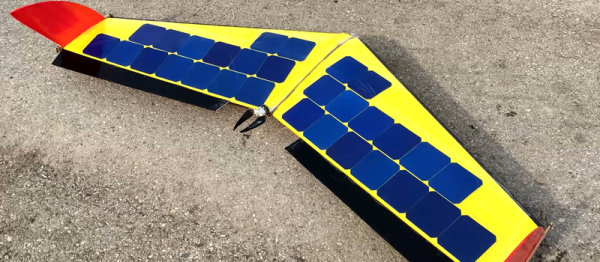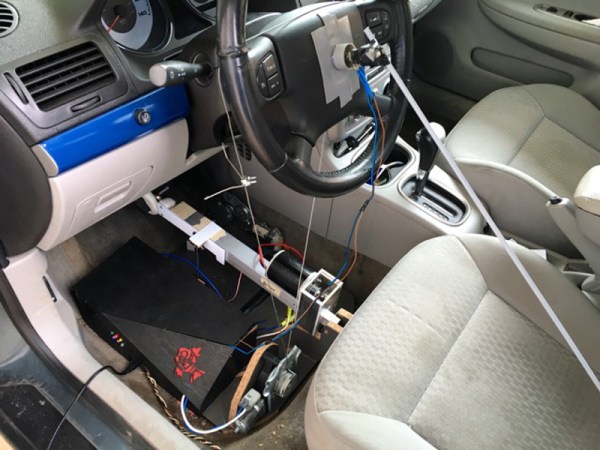[Aldric Négrier] wrote in to let us know that his DriveMyPhone project has been open sourced. The project is a part telepresence, part remote-controlled vehicle, part robotic rover concept on which he says “I spent more time […] than I should have.” He has shared not just the CAD files, but every detail including tips on assembly. He admits that maybe a robotic chassis for a smartphone might not seem like a particularly new idea today, but it was “an idea with more potential” back in 2010 when he first started.
The chassis is made to cradle a smartphone. Fire up your favorite videoconferencing software and you have a way to see where you’re going as well as hear (and speak to) your surroundings. Bluetooth communications between the phone and the chassis provides wireless control. That being said, this unit is clearly designed to be able to deal with far more challenging terrain than the average office environment, and has been designed to not only be attractive, but to be as accessible and open to repurposing and modification as possible.
Continue reading “Smartphone-based Robotic Rover Project Goes Open Source”




















